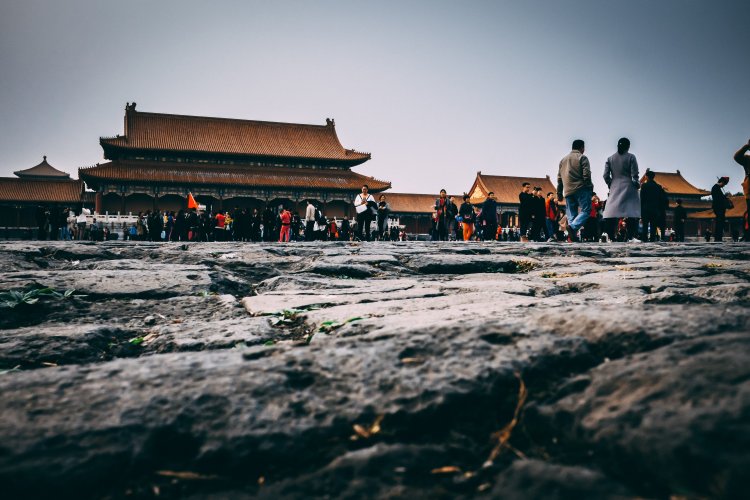38 Years Ago Today: The Tangshan Earthquake Kills 242,000, and Why Beijing Could Tremble Again
In the small hours of July 28, 1976, the second-deadliest earthquake in recorded history shook Beijingers out of their beds, as what is now known as the Tangshan Earthquake killed 242,000, its epicenter only 140 kilometers from Beijing.
The earthquake, which registered 7.8 on the Richter Scale, left many Beijingers living in tents for two or three weeks, due in part to a 7.1 aftershock 16 hours following the initial event, and as building inspectors were required to verify the structural integrity of apartment and office buildings before habitation could resume.
While some Beijingers openly state that the site of our fair city was chosen by its founders in part because it would not be vulnerable to earthquakes, clearly this is not the case. The 2008 Sichuan earthquake, a 7.9 temblor centered over 900 kilometers away, sent Beijingers running out of their office buildings as it was felt here. China has been the site of four of history's top ten deadliest earthquakes, including the top three. Two of those earthquakes occurred in the 20th century.
Beijing is believed to lie quite close to the point where two tectonic plates, the Amurian Plate and the Eurasian Plate, converge. Although China has a track record of predicting earthquakes, including the Tangshan event, most earthquakes occur without warning.
Earthquake survival depends on emergency preparedness and a bit of luck. Two important things that can improve your chances of survival are an emergency kit and a communication plan, the latter for family, office, or school. Other resources for earthquake preparation are easily found via Internet searches.
Photo: Earthquake Report







